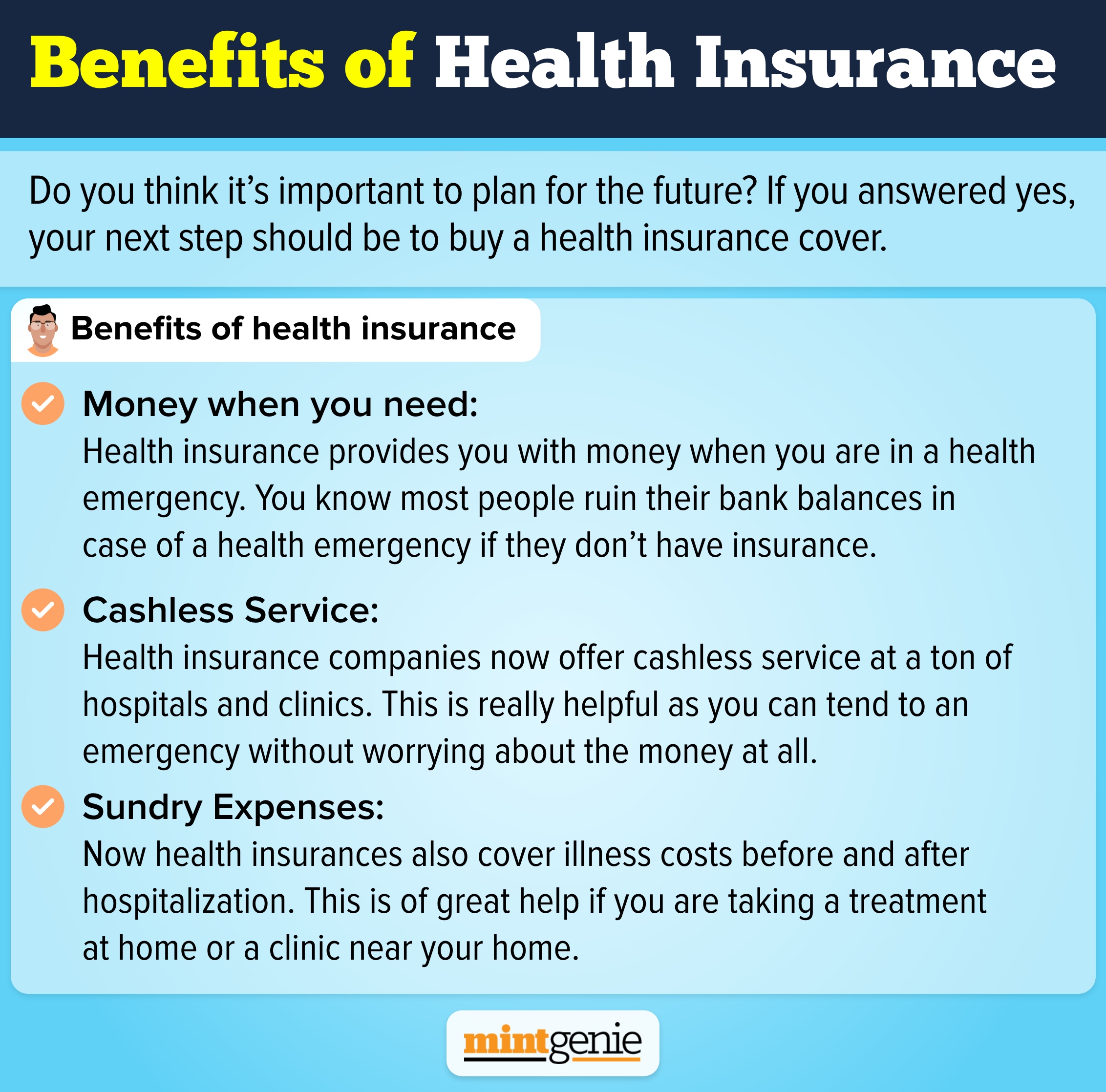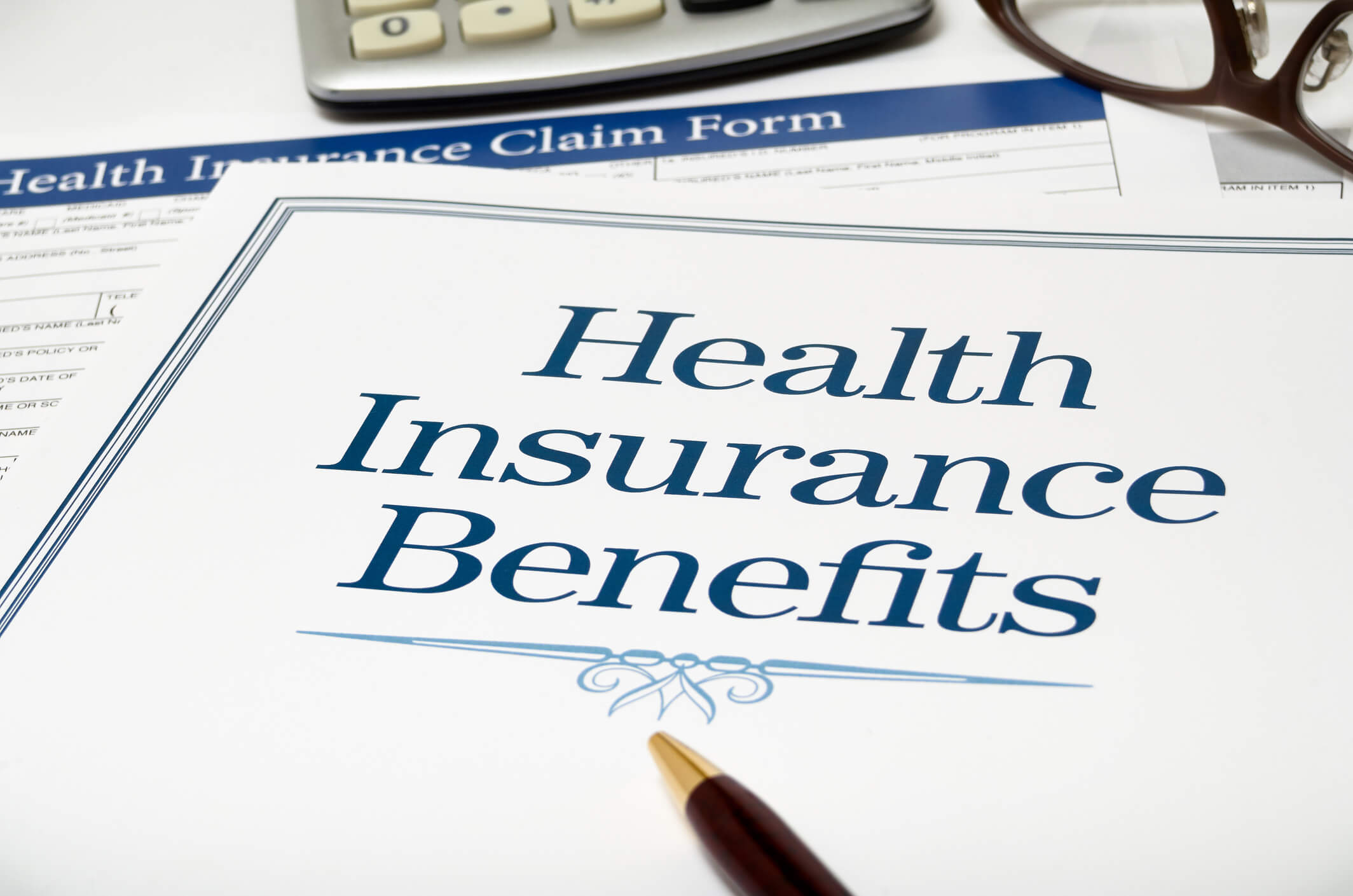The Medicare/ Medicaid In Toccoa, Ga Diaries
Affordable Care Act (Aca) In Toccoa, Ga Fundamentals Explained
Table of ContentsThe Greatest Guide To Annuities In Toccoa, GaGet This Report on Health Insurance In Toccoa, GaOur Insurance In Toccoa, Ga DiariesThe smart Trick of Insurance In Toccoa, Ga That Nobody is Talking About

1 and 3. 2 (Commercial Insurance in Toccoa, GA), for further details. New immigrants account for a substantial percentage of people without medical insurance. One analysis has actually associated a significant section of the recent development in the size of the U - https://www.inkitt.com/jstinsurance1.S. uninsured population to immigrants who arrived in the country between 1994 and 1998 (Camarota and Edwards, 2000)
Wellness insurance policy protection is an essential aspect in a lot of designs that illustrate accessibility to wellness care. The connection between medical insurance and accessibility to care is well developed, as recorded later on in this chapter. Although the connection between medical insurance and wellness end results is neither straight nor easy, a substantial scientific and health and wellness services study literature web links medical insurance coverage to better accessibility to care, much better quality, and boosted personal and population health standing.
Some Known Facts About Insurance In Toccoa, Ga.
The troubles dealt with by the underinsured remain in some aspects comparable to those dealt with by the without insurance, although they are normally less serious. Uninsurance and underinsurance, however, include distinctly various plan problems, and the approaches for resolving them may vary. Throughout this study and the five records to comply with, the primary emphasis gets on persons without health and wellness insurance and therefore no assistance in spending for healthcare beyond what is readily available through charity and security internet institutions.

Medical insurance is a powerful variable impacting invoice of care due to the fact that both clients and medical professionals react to the out-of-pocket price of services. Medical insurance, however, is neither required neither adequate to acquire accessibility to medical solutions. The independent and straight effect of health and wellness insurance policy coverage on access to health services is well developed.
Others will obtain the health treatment they require also without medical insurance, by spending for it expense or seeking it from service providers that use care complimentary or at very subsidized rates - Insurance in Toccoa, GA. For still others, medical insurance alone does not guarantee receipt of care because of other nonfinancial obstacles, such as an absence of healthcare carriers in their area, restricted accessibility to transportation, illiteracy, or linguistic and cultural differences
The Buzz on Life Insurance In Toccoa, Ga
Formal study about uninsured populations in the United States dates to the late 1920s and early 1930s when the Committee on the Expense of Healthcare generated a collection of reports concerning funding medical professional office check outs and hospital stays. This problem came to be significant as the numbers of medically indigent climbed up during the Great Anxiety.
Empirical research studies consistently sustain the web link between accessibility to care and improved health and wellness outcomes (Bindman et al., 1995; Starfield, 1995). Having a normal source of treatment can be considered a forecaster of access, instead than a direct procedure of it, when health results are themselves used as access indications.
The Annuities In Toccoa, Ga Statements

Emergency divisions are depicted as an expensive and inappropriate website of primary treatment services, lots of uninsured people seek care in emergency situation divisions because they are sent out there by other wellness care carriers or have nowhere else to go. Emergency situation care specialists suggest that the country's emergency divisions not only function as service providers of last hope but are an essential entry factor right into the healthcare system (O'Brien et al (http://known.schwenzel.de/2015/fachblog-fr-irrelevanz)., 1999)
Chapter 2 offers a summary of how employment-based medical insurance, public programs and individual insurance plan run and connect to give extensive yet insufficient protection of the U.S. populace. This consists of an evaluation of historical fads and public laws impacting both public and private insurance, a conversation of the interactions among the various kinds of insurance coverage, and an evaluation of why people move from one program to an additional or More Info end up without coverage.Chapter 3 manufactures existing information to get here at a composite description of the without insurance: What attributes do individuals without insurance coverage often share? Where do the without insurance live? The phase likewise offers info regarding the risk of being or coming to be uninsured: Just how does the chance of being without insurance change depending upon picked qualities, such as racial and ethnic identification, rural or city residency, and age? What are the possibilities for details populations, such as racial and ethnic minorities, country homeowners, and older working-age persons, of being uninsured? Just how does the possibility of being without insurance change over a lifetime? In enhancement to identifying the possibility of being without insurance in terms of a solitary measurement, such as gender, age, race, work standing, or geographic region, Phase 3 Provides the outcomes of multivariate evaluations that use a more interesting representation of the factors that contribute to the possibilities of being without insurance.